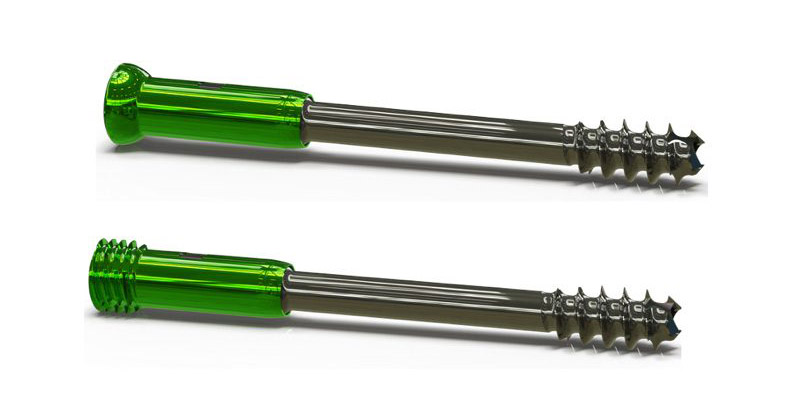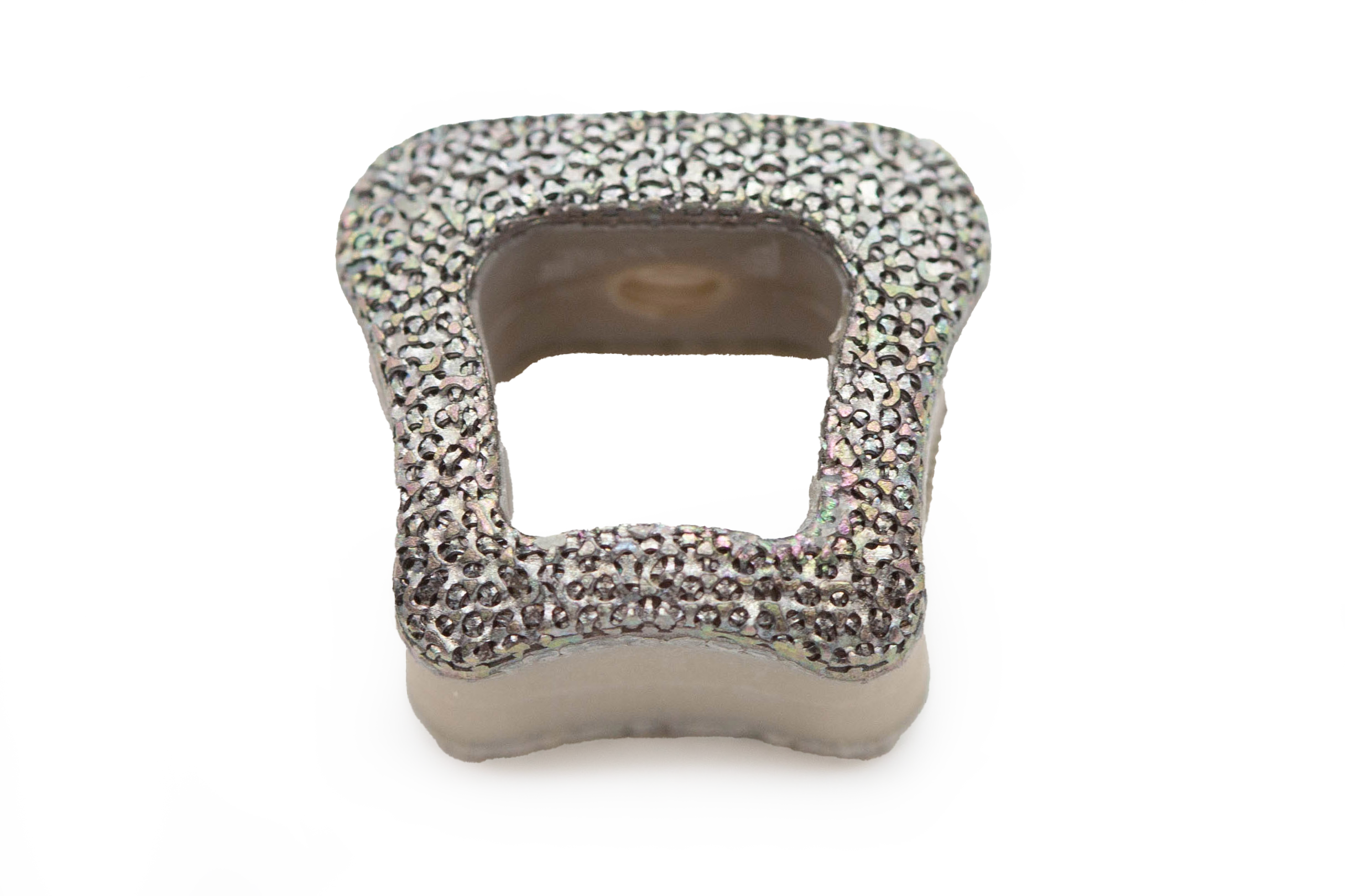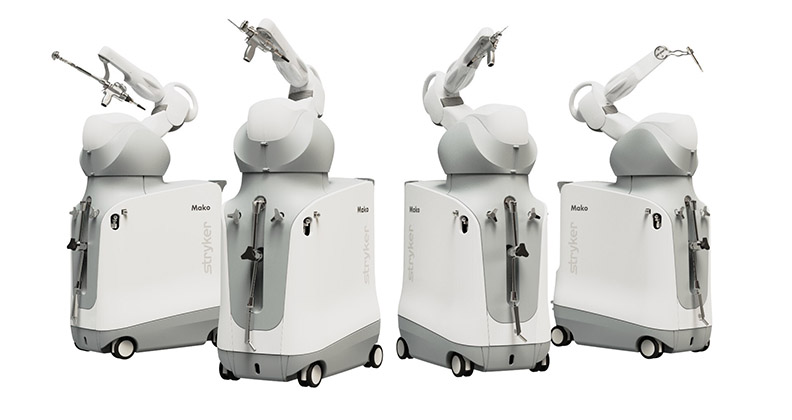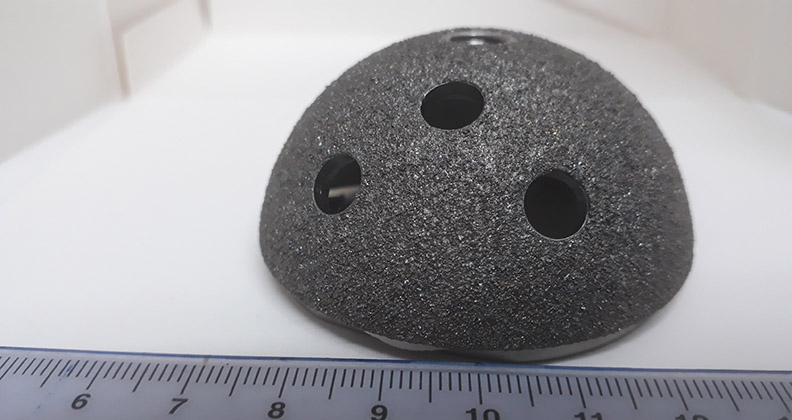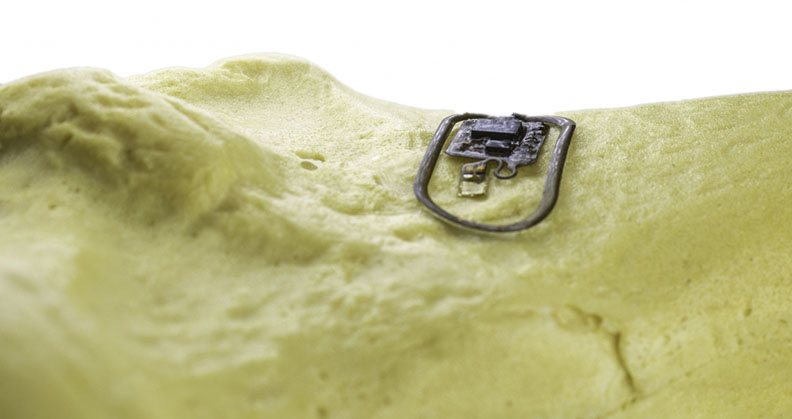
A team of researchers at the University of Arizona is developing wireless technology designed to track the healing and health of bone over long durations. Though the device has yet to be tested in humans, the technology has the potential to significantly free up precious healthcare resources and improve patient health. Fragility fractures account for more days spent in the hospital than heart attacks, breast cancer or prostate cancer, according to a University of Arizona news article that heralded the development.
“Interfaces to the musculoskeletal system are rare, especially when you like to obtain information about bone health over a longer period of time,” said Philipp Gutruf, Ph.D., who worked as lead biomedical engineer on the project.
Tasked with devising a method to record information directly from bone to learn more about bone growth and healing processes, orthopedic surgeon David Margolis, M.D., and orthopedic researcher John Szivek, Ph.D., consulted with Dr. Gutruf’s lab for their expertise with wireless, battery-free and implantable electronic technologies.
“Out of this initial conversation, the idea to create a thin sheet of electronics that can be laminated directly to the bone to comprehensively assess bone health was born,” Dr. Gutruf said.
Described as “thinner than human hair” by Dr. Gutruf, the device is made from flexible circuit board material and sticks to bone with a special calcium particle coating that facilitates the growth of the bone to the device forming a permanent bond. “The bone basically thinks the device is part of it, and grows to the sensor itself,” Dr. Gutruf said in a University of Arizona article. “This allows it to form a permanent bond to the bone and take measurements over long periods of time.”
With potential applications ranging from a better understanding of how bones heal and chronic diseases to new therapies, “osseosurface” electronic technology promises to deliver sizable benefits in orthopedics.
“The small size and intermate bond to the musculoskeletal system allows for high fidelity data extraction, and the battery-free technology that powers the device and facilitates digital communication enables unlimited operation time,” Dr. Gutruf said. “These properties allow for the first time to assess bone health over months or years at the time. We have demonstrated in our recent work that we can implement multiple sensing technologies on the devices. For example, we have measured bone strain, a marker critical for bone health and surface temperature with high accuracy.” Dr. Gutruf added that the devices are also capable of delivering therapeutic capabilities.
Dr. Gutruf believes that information collected from this orthopedic technology can dramatically improve care using data-driven and personalized approaches, especially in invasive surgeries. Osseosurface technology could also deliver a deeper understanding of how new drugs and orthopedic implants function.
“We are looking forward to grow the capabilities of the osseosurface electronics, such as more sensing capabilities and more therapeutic delivery capabilities,” he said. “We are also working towards acquiring more data to make the technology accessible for human use in the future.”
PM
Patrick McGuire is a BONEZONE Contributor.

